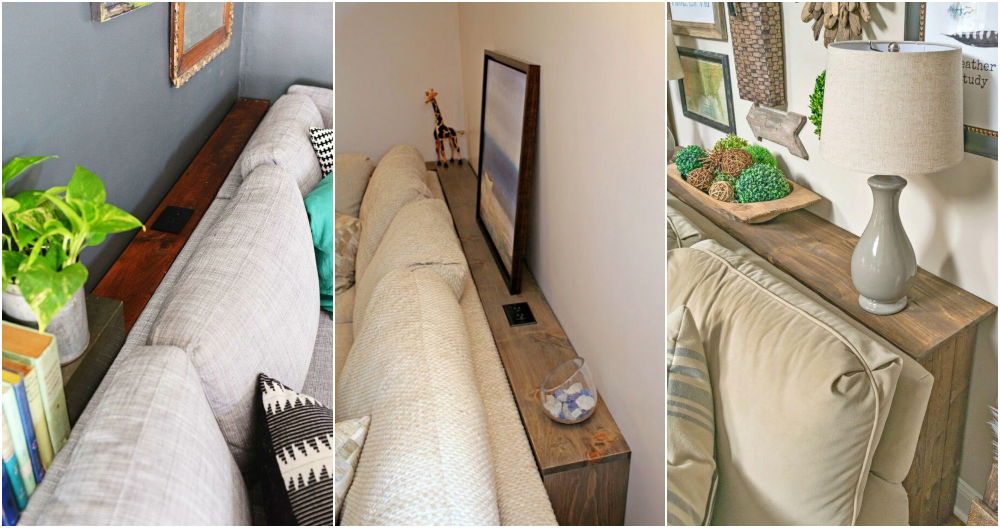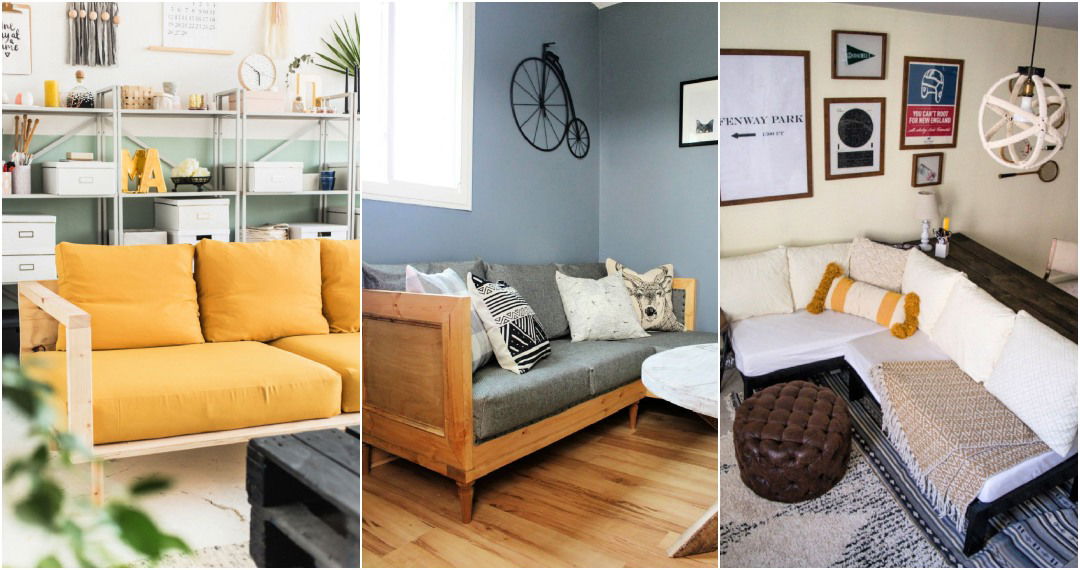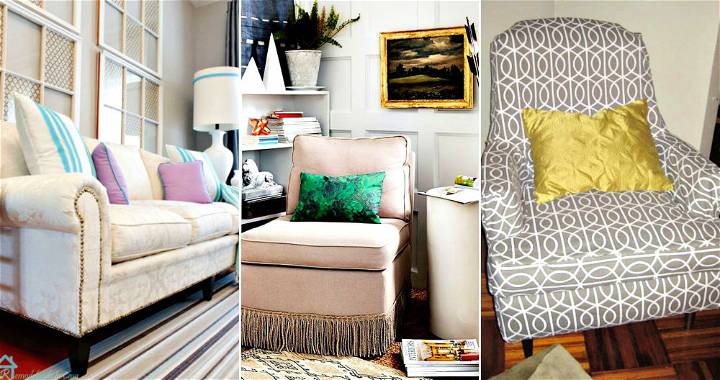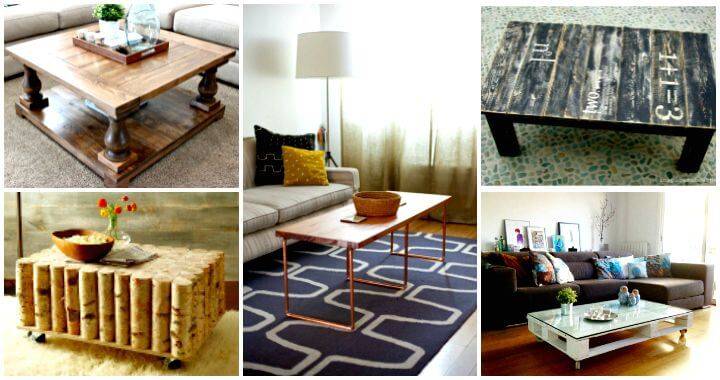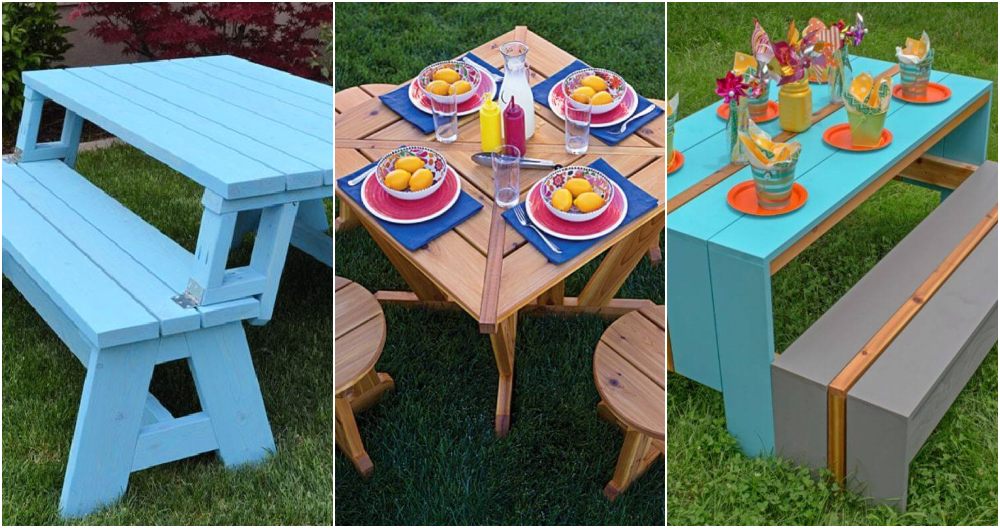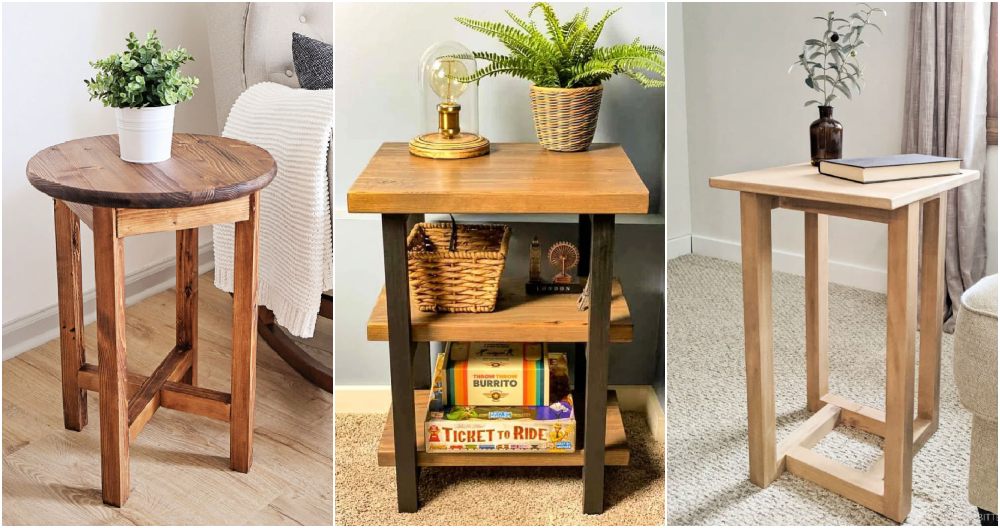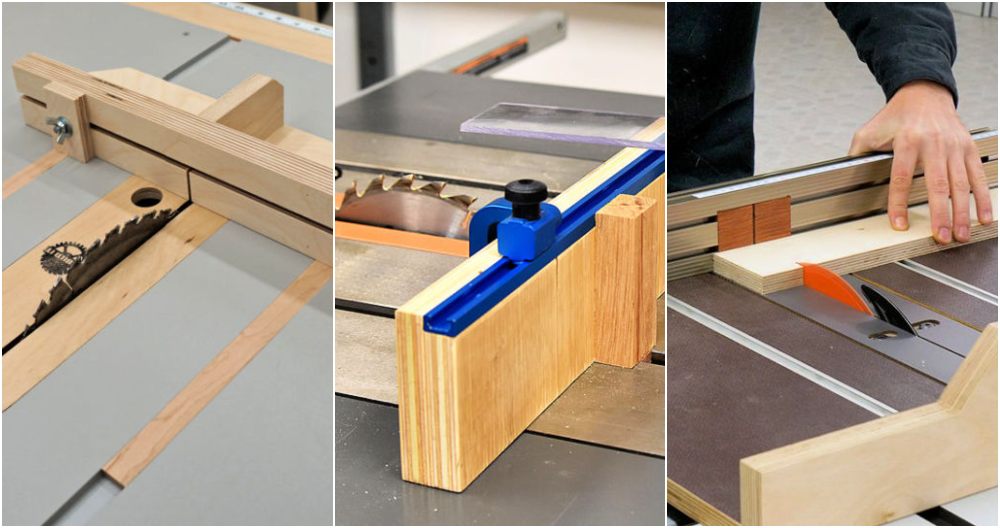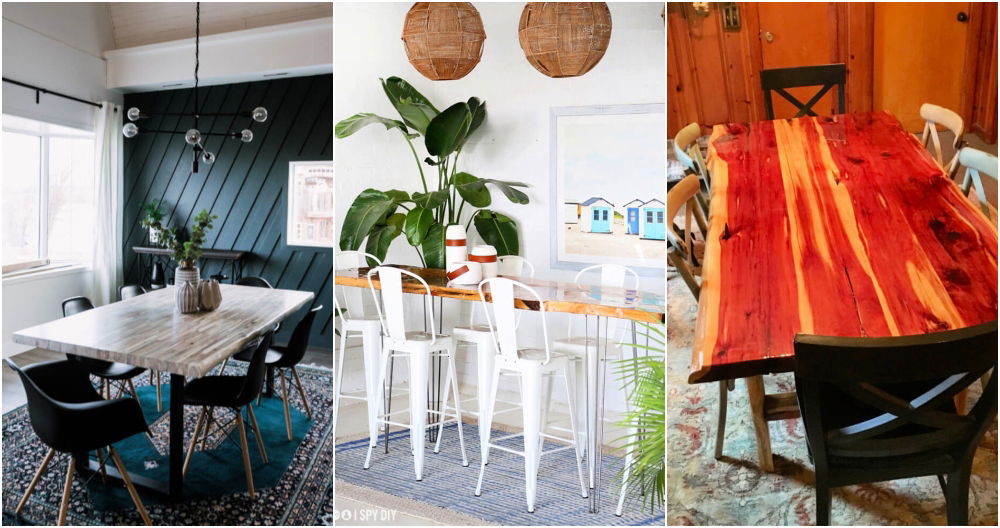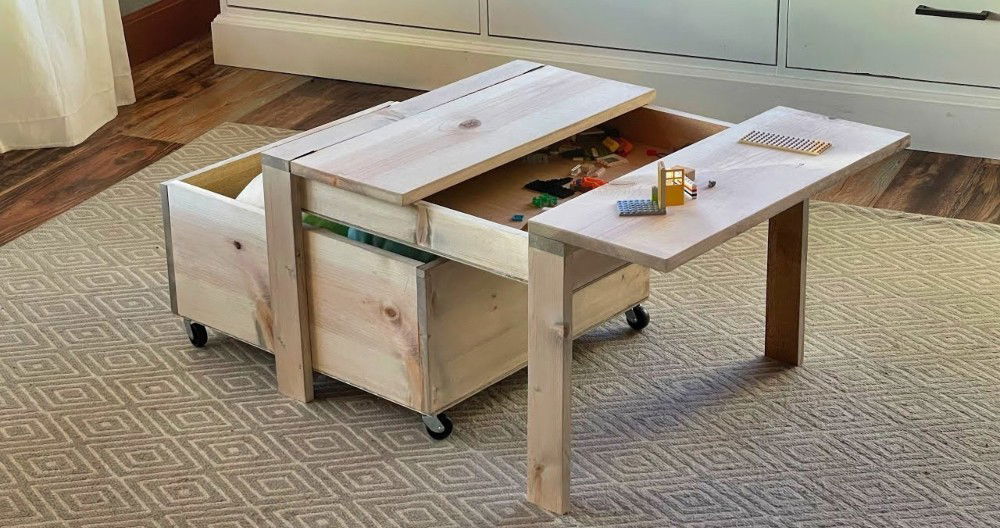As someone who has always enjoyed the process of building something with my hands, the prospect of building a modern sofa table from scratch was both exciting and daunting. The project was inspired by a woodworking video I came across, which detailed the process of building a walnut sofa table. I knew immediately that I wanted to take on this challenge, learning and adapting as I went along. This article is a reflection of my experience, designed to guide you through the same journey, enriched with insights and practical advice to ensure a rewarding outcome.
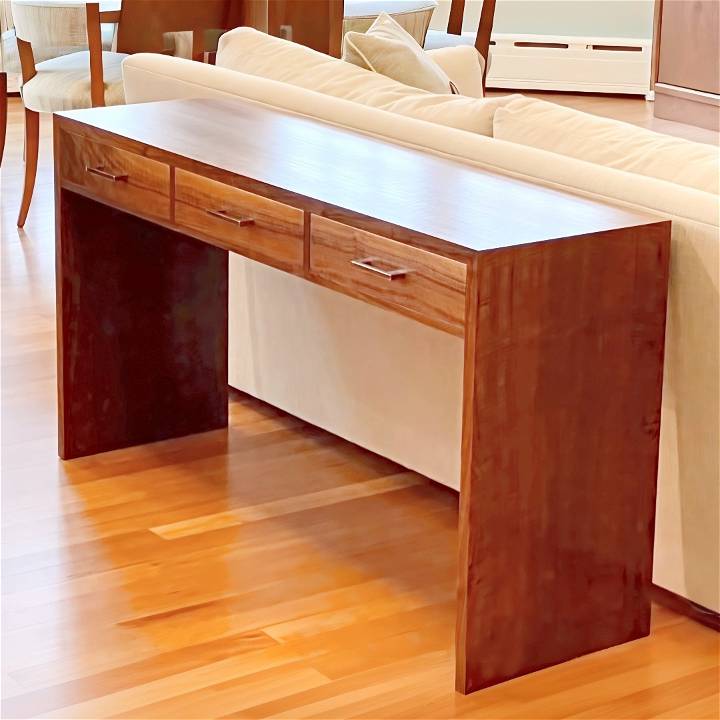
Materials and Tools Needed
Materials:
- Baltic birch plywood: Known for its strength and smooth surface, ideal for holding screws and building a durable piece.
- Wood glue and screws: Essential for joining the parts securely.
- Wood veneer: Adds a sophisticated finish to the table.
- Construction adhesive (Bondo): To fill in any gaps or imperfections.
- Waterborne lacquer and Tung oil finish: To protect and enhance the wood's natural beauty.
Tools:
- Table saw and crosscut sled: For precise cuts.
- Drill press: For accurate pre-drilled holes.
- Nail gun: For temporary holding.
- Router: For trimming the veneer and applying edge banding.
- Sandpaper (220 grit): For smoothing surfaces before finishing.
Step-by-Step Guide
Learn how to build your own DIY sofa table with this comprehensive step-by-step guide. From cutting plywood to finishing touches, build a beautiful piece for your home.
1. Cutting the Plywood
The first step involves measuring and cutting the Baltic birch plywood into the required pieces. This includes the top, sides, and other components of the sofa table. The precision in these initial cuts is crucial for the overall fit and finish.
2. Assembling the Base
Attach the sides to the top using wood glue and screws, ensuring everything is flush and aligned. Pre-drilling and countersinking holes for the screws are necessary to avoid splitting the plywood. This step lays the groundwork for the table's structure.
3. Reinforcing the Structure
To make the table more substantial, add 3/8 plywood to the sides and bottom of the top piece. This not only enhances the table's appearance but also its durability.
4. Preparing for Veneer Application
Before applying the wood veneer, it's important to fill any gaps or imperfections with Bondo. A smooth surface will prevent issues when laying down the veneer, ensuring a flawless finish.
5. Cutting and Applying the Veneer
Measure and cut the wood veneer to fit each section of the table. Using contact cement, apply the veneer carefully, trimming any overhang with a router. This process requires patience and precision but results in a stunningly finished surface that truly elevates the piece.
6. Finishing Touches
With the veneer applied, the next step is to sand the table smooth and apply a finish. I chose water locks for its durability and how it enhances the wood's grain. Apply multiple coats according to the manufacturer's instructions, allowing adequate drying time between each coat.
7. Installing Drawer and Stops
The final step involves the installation of the drawer and stops. These components add functionality to the table and require careful measurement and alignment to ensure they operate smoothly.
Design Customization Ideas for Your DIY Sofa Table
Building a DIY sofa table is not just about functionality; it's also an opportunity to add a personal touch to your living space. Here are some design customization ideas that can help you tailor your sofa table to your style and needs.
Choose Your Style
Start by deciding on the overall style that reflects your taste. Whether it's modern, rustic, industrial, or Scandinavian, the style will guide your choices in materials and design details.
Selecting Materials
The materials you choose can greatly affect the look and feel of your sofa table. Consider using:
- Reclaimed wood for a warm, rustic vibe.
- Glass or metal for a sleek, modern look.
- Bamboo or rattan for a light, eco-friendly option.
Color and Finish
Color can transform your sofa table. Think about:
- Staining the wood to match your other furniture.
- Painting it in a bold color to make a statement.
- Applying a clear varnish to showcase the natural beauty of the wood.
Functional Features
Think about what features will enhance the use of your sofa table:
- Drawers or shelves for extra storage.
- Foldable designs for space-saving when not in use.
- Built-in outlets or USB ports for charging devices.
Decorative Details
Add decorative touches to make your table unique:
- Intricate carvings or metalwork for an artistic flair.
- Knobs and handles in various designs and materials.
- Legs in different shapes and styles to stand out.
Personalization
Make the table truly yours by:
- Engraving your initials or a special date.
- Adding mosaic tiles or decoupage for a one-of-a-kind look.
- Using upcycled materials like old belts for straps or handles.
By considering these design elements, you can build a sofa table that not only serves its purpose but also reflects your personality and enhances your home's decor.
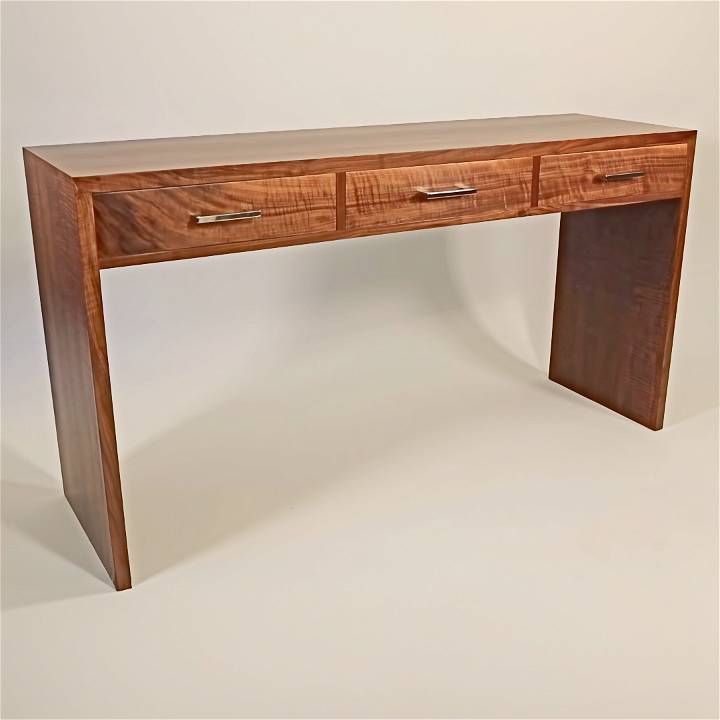
Troubleshooting Common Issues
When embarking on a DIY sofa table project, you might encounter a few hiccups along the way. Here's a guide to help you troubleshoot some common issues that DIYers face.
Problem: Wood Splitting
Solution: Pre-drill holes before inserting screws to prevent the wood from splitting. Choose the correct drill bit size; it should be slightly smaller than the screw's core.
Problem: Uneven Legs
Solution: Measure twice, cut once. Use a level to ensure all legs are of equal length. If the table wobbles, adjust the length of the legs or add felt pads for minor discrepancies.
Problem: Stain Not Adhering
Solution: Sand the wood evenly before applying stain. Clean off any dust, and apply a pre-stain wood conditioner to ensure even coverage.
Problem: Paint Drips
Solution: Use painter's tape to protect areas where paint is not desired. Apply thin coats of paint and allow ample drying time between coats to prevent drips.
Problem: Loose Joints
Solution: Ensure all joints are snug during assembly. If they loosen over time, use wood glue and clamps to secure them. For extra strength, add corner brackets.
Problem: Scratches on Surface
Solution: Apply a protective finish like polyurethane to guard against scratches. For existing scratches, lightly sand the area and reapply the finish.
Problem: Difficulty in Assembly
Solution: Lay out all pieces and hardware before starting. Follow the instructions carefully, and don't hesitate to ask for help or use clamps to hold pieces in place as you work.
By anticipating these issues and knowing how to handle them, you'll be better prepared to tackle your DIY sofa table project with confidence.
DIY Sofa Table FAQs
Explore DIY sofa table fa qs - answers to all your burning questions about building your own sofa table. Tips, tricks, and tutorials included!
What materials do I need to build a DIY sofa table?
To build a DIY sofa table, you'll typically need wood (such as pine), a saw (hand saw or circular saw), sandpaper of various grits, wood glue, measuring tape, clamps, and a finish like paint, stain, or varnish. The exact materials may vary depending on the design and style of the sofa table you choose to build.
How can I customize my DIY sofa table?
Customization is one of the great benefits of a DIY project. You can tailor the size, style, and color of your sofa table to match your living space. Consider the height and length that would best fit behind your sofa, and choose a finish that complements your room's decor.
Is building a DIY sofa table cost-effective?
Yes, building your own sofa table can be very cost-effective. By sourcing materials and doing the work yourself, you can often build a high-quality piece for less than purchasing a pre-made one. Many DIYers find they can build a sofa table for under $50.
Can a DIY sofa table add functionality to my living space?
Absolutely! A sofa table provides additional surface area for items like lighting, decor, or storage. It's a versatile piece that can maximize the functionality of your living space without adding clutter.
What are some tips for beginners wanting to build a sofa table?
For beginners, it's important to start with a simple plan and ensure you have all the necessary tools and materials. Take your time measuring and cutting the wood, and don't hesitate to ask for help or look up tutorials online. Remember, sanding and finishing are key steps to achieving a professional look for your table.
Conclusion
Building this modern sofa table was a journey of discovery, filled with challenges and learning opportunities. The satisfaction of completing the project, however, was immensely rewarding. The key to success lies in patience, precision, and the willingness to adapt and learn from the process.
Whether you're a seasoned woodworker or a beginner eager to take on a new project, I hope this guide provides valuable insights and inspires you to build something beautiful and functional for your home. Remember, the joy is as much in the journey as it is in the finished product.


